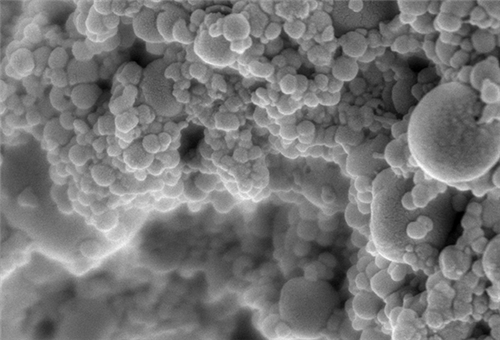Catalytic Properties Developed in Newly-Produced Nanocomposite

TEHRAN (FNA)- Iranian researchers from Yazd University succeeded in the production of a new nanocomposite that can be used in the synthesis of oxidative catalysts and in
The biosensors made of this nanocomposite act as electrochemical sensors and are able to detect the amount of drugs.
By combining two nanostructures of fullerene and carbon nanotubes in the presence of ionic liquid, the aim of the research was to produce nanocomposites that are able to be used in the production of biosensors. Results show that the nanocomposite has unique catalytic properties such as reducing oxidation potential or increasing the sensitivity in the oxidation of catecholamine derivative drugs.
Electrochemical tests were also carried out successfully to study catalytic oxidation of some drugs and their measurement in blood serum, and promising results were obtained.
In this research, the combination of fullerene/nanostructured carbon nanotubes was the main objective, which increases catalytic properties. To this end, the new properties were investigated in the presence of ionic liquid as a conductive media, and results confirmed modification in the properties. These properties in biosensors increase the sensitivity and stability of the sensor, and decrease the detection limit. Electrochemical tests show that the use of nanocomposite significantly increases the sensitivity and stability of the produced sensor.
The result of the research was the production of a new nanocomposite that has appropriate catalytic properties in the oxidation of catecholamine derivative drugs. That is why Khoshrou, one of the researchers, believes there are various aspects for studying the properties and the modification of the new nanocomposite, and future investigations will be carried out in this field.
Results of the research have been published in Communications electrochemistry, vol. 42, May 2014, pp. 9-12.
